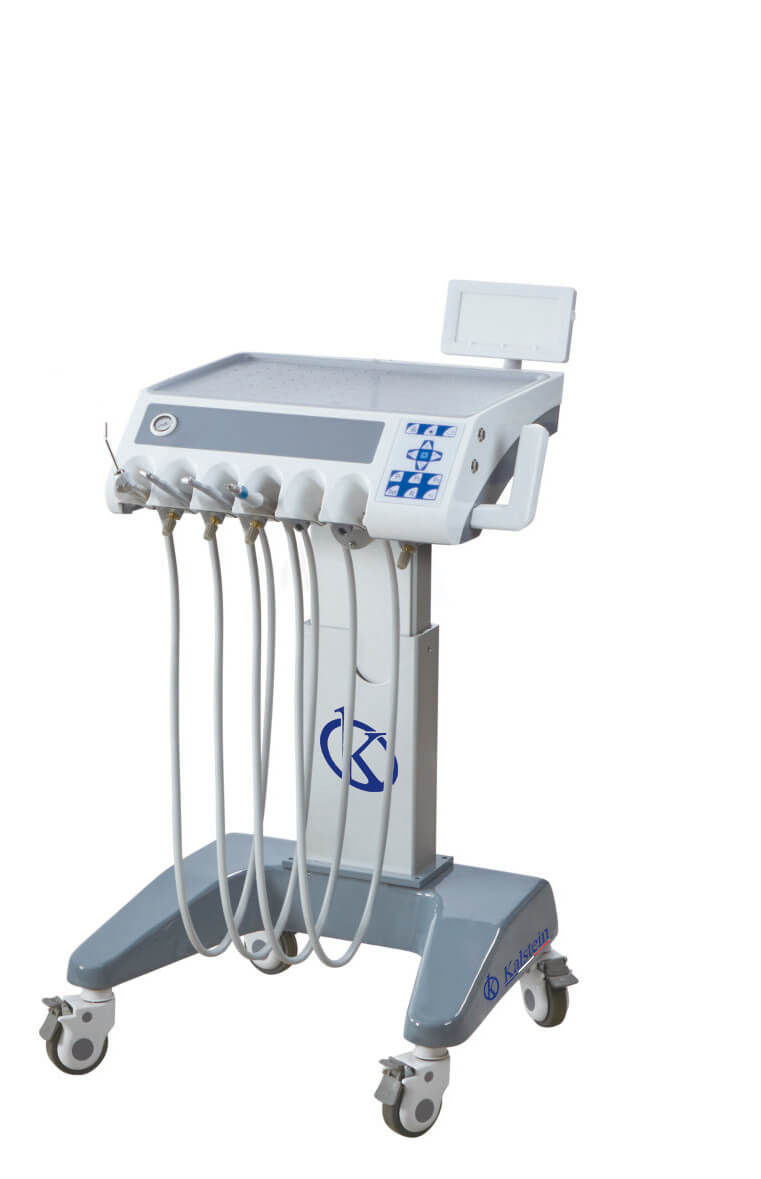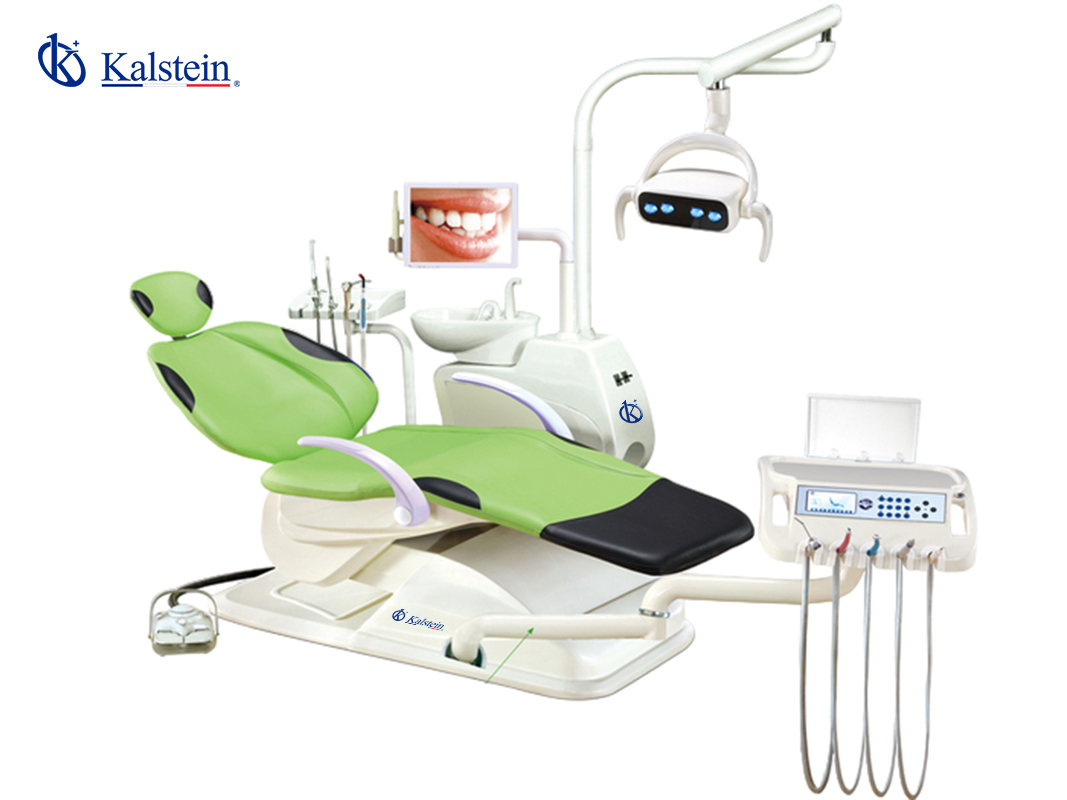An autoclave is a piece of equipment that uses a combination of high pressure and steam in order to transfer heat to the items placed inside it. This device is made up of a thick-walled metal container and hermetic closure, which allows high pressure sterilization. , ensuring maximum disinfection of all clinical materials.
Invented in 1879 by Charles Chamberland, the first autoclave was essentially a sophisticated pressure cooker. And like the pressure cooker, the autoclave has undergone countless design improvements over the past centuries. From the first basic and mechanical machines, to the sophisticated fully computerized engineering masterpieces of sterilization, autoclaves have come a long way.
There are three kinds of autoclaves: N, S and B. How do they differ from each other, what is their purpose and which autoclave is the most suitable according to the type of services you offer?
Types of Autoclave
The class N autoclave
is the lowest class device and they serve to sterilize the simple material, it is generally used as an auxiliary unit. Sterilizers of this class do not have a vacuum pump, so only instruments with a solid structure can be sterilized within such equipment. It is also not possible to sterilize hollow or porous cartridges, nor to sterilize articles in packages, since the characteristics of the cycle do not allow to pass specific tests from the physical point of view. Another weakness of these devices is that proper steam penetration is not guaranteed. Class N sterilizers also do not have an efficient drying option, unlike more advanced autoclaves.
The class S autoclave
is an intermediate class between N and B. Within this device we can sterilize more complex instruments, such as batches of type B, except for capillary construction instruments (batches of type A). Class S allows the sterilization of single-layer instruments, multi-layer packaging and other massive instruments that cannot be sterilized in Class N autoclaves. Autoclaves of this class have a vacuum pump that allows air to be completely removed from the chamber before starting the sterilization process. However, a single stage pre-vacuum is used here, which is less efficient than the vacuum used in class B autoclaves.
Class B Autoclaves
are the most advanced steam sterilizers. These are certified medical devices that are used in beauty salons, tattoo studios, private dental clinics, and even in hospitals and large clinics. They also comply with all sanitary and epidemiological requirements. They can sterilize all types of batches, including the most complex. With class B autoclaves, any type of load can be sterilized: porous materials, bagged materials, textiles and hollow bodies such as instruments, turbines and cannulas. The fractionated pre-vacuum of the class B autoclave completely removes the air from the chamber. It is the most effective modern technique for sterilizing all kinds of tools.
The most widely used autoclaves today are class B autoclaves, guaranteeing maximum versatility and adapting to the most diverse contexts. It is small in design, but nevertheless ensures quality performance with the highest efficiency and highest safety standards.
At Kalstein we have a new range of autoclaves, so we invite you to take a look at the “Products” menu.HERE




